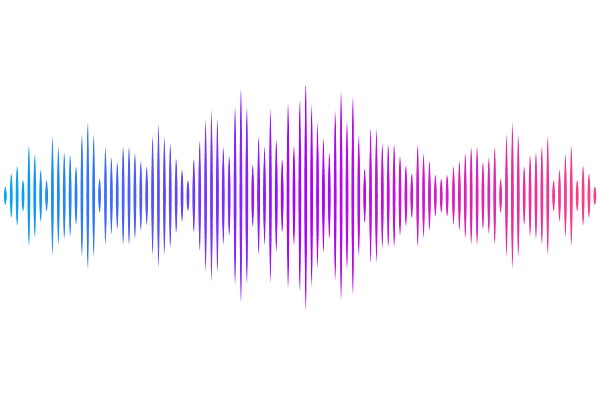Using Machine Learning to Estimate NUV Magnitudes and Probe Quenching Mechanisms of $z$=0 Nuggets in the RESOLVE and ECO Surveys

Using Machine Learning to Estimate NUV Magnitudes and Probe Quenching Mechanisms of $z$=0 Nuggets in the RESOLVE and ECO Surveys
D. S. Carr, S. J. Kappannan, Z. L. Hutchens, M. S. Polimera, M. A. Norris, K. D. Eckert, A. J. Moffett
AbstractWe present a $z=0$ census of nuggets -- compact galaxies that form via gas-rich violent disk instability -- within the luminosity- and volume-limited REsolved Spectroscopy Of a Local VolumE (RESOLVE) and Environmental COntext (ECO) surveys. We use random forest (RF) models to predict near-ultraviolet (NUV) magnitudes for ECO galaxies that lack high-quality NUV magnitudes, thereby doubling the number of ECO galaxies with reliable extinction-corrected star formation rates (SFRs) and red/green/blue classifications based on specific SFRs (sSFRs). The resulting RF-enhanced RESOLVE+ECO nugget sample allows us to analyze rare subpopulations -- green nuggets and nuggets with active galactic nuclei (AGN) -- likely associated with quenching. Green nuggets are more similar to red nuggets than to blue nuggets in halo mass ($M_{\text{halo}}$) distribution, with both red and green nuggets being found mainly at $M_{\text{halo}} \ge 10^{11.4} M_\odot$, where permanent halo quenching is predicted. At these masses, the AGN frequency for green nuggets is higher ($\text{48.2\%}^{+5.3\%}_{-5.3\%}$) than for either blue ($\text{39.2\%}^{+2.9\%}_{-2.8\%}$) or red ($\text{29.3\%}^{+3.0\%}_{-2.8\%}$) nuggets. Between $M_{halo} = 10^{11.4}-10^{12} M_\odot$, at the onset of permanent quenching, the AGN frequency for green nuggets is nearly double the frequency for blue or red nuggets, implying AGN are associated with this transition. At $M_{halo} < 10^{11.4} M_\odot$, where temporary cyclic quenching is expected, the AGN frequency for blue nuggets ($\text{7.5\%}^{+1.4\%}_{-1.2\%}$) is lower than for either green ($\text{31.3\%}^{+8.7\%}_{-7.5\%}$) or red ($\text{18.8\%}^{+11.5\%}_{-7.8\%}$) nuggets. At all masses, nuggets with AGN have reduced sSFRs and likely also atomic gas content compared to nuggets without AGN, but the quenching is more extreme below $M_{halo} = 10^{11.4} M_\odot$.